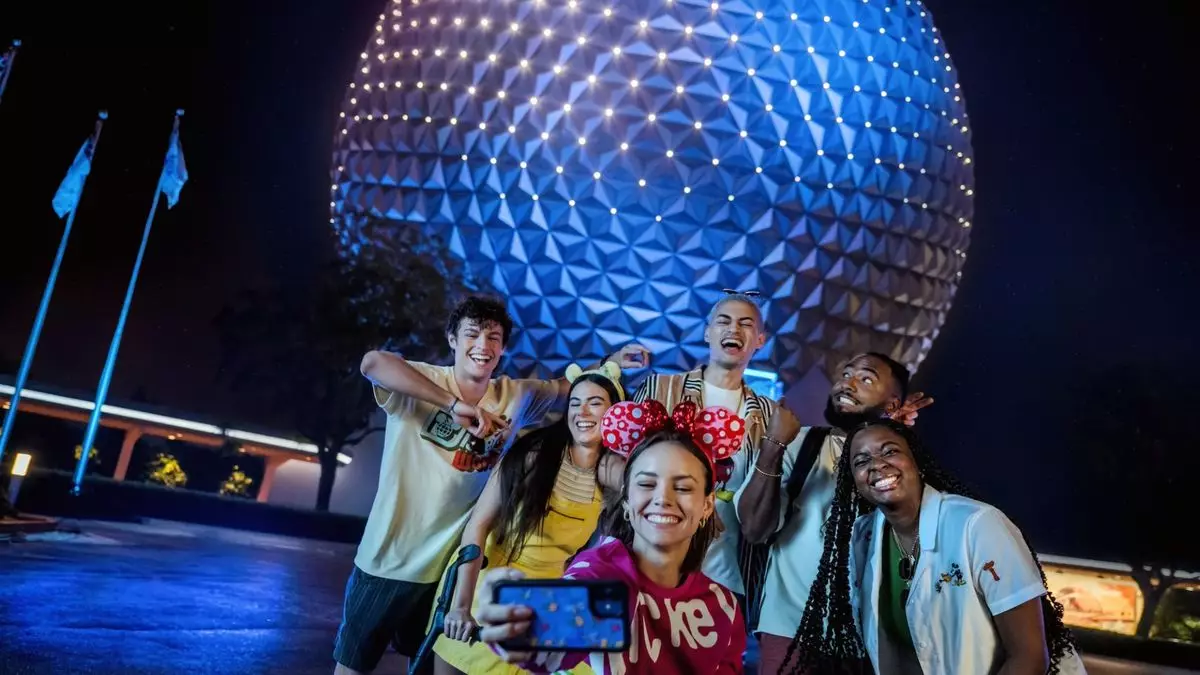Disney, a titan in the entertainment industry, eternally seeks to enhance the experience of its theme park visitors, which is evident in its latest offering: the Lightning Lane Premier Pass. This product grants guests access to faster ride queues once per day for every attraction, but the manner in which it is made available is more telling than the product itself. This article explores the initial approach of the Lightning Lane Premier Pass, its pricing dynamics, and the overall implications for Disney’s business strategy.
Launched in October 2022, the Lightning Lane Premier Pass was initially reserved for guests at selected Disney hotels, demonstrating a strategic choice to cater first to those who are already heavily invested in the Disney experience. However, the pass is now accessible to a broader audience, albeit on a limited basis. This cautious approach is crucial as it allows Disney to manage demand and mitigate the potential overcrowding of its attractions. By granting priority access to hotel guests first—seven days before their stay—Disney positions itself effectively to identify and address issues before expanding availability to the general public just three days in advance.
This exclusivity aligns with the company’s philosophy of creating a premium product tailored to a special class of visitors—those willing to spend more for a superior experience. CFO Hugh Johnston emphasized the learning curve associated with this premium offering, noting that the company is slowly adjusting its marketing strategies to ensure both Lightning Lane pass holders and regular park guests have a pleasurable experience. The implication here is noteworthy: by controlling access tightly, Disney aims to fine-tune the guest experience and avoid dissatisfaction among those who might feel disadvantaged or overwhelmed by surge pricing or capacity limits.
Pricing for the Lightning Lane Premier Pass varies significantly based on time of year and park, indicating a dynamic pricing strategy rooted in demand fluctuations. For example, passes at Walt Disney World can range from $119 to $399 depending on the date of visit, while Disneyland Resort sees a price range of $300 to $400. Such variability suggests that Disney is not just attempting to optimize revenue from its guests but is also monitoring the market’s response to these price points, eager to adjust as necessary.
Moreover, differentiated pricing highlights a trend toward personalized guest experiences, where the cost reflects the perceived value of an expedited visit during peak times. This approach speaks to Disney’s understanding of consumer behavior: those who prioritize convenience are often willing to pay extra for a seamless experience, a lesson that Disney appears eager to master.
The latest fiscal Q1 earnings reveal a landscape where Disney Experiences—encompassing theme parks, hotels, and the cruise line—reported growth, bringing in $9.42 billion. While the operating income remained stable at $3.11 billion, external challenges, such as severe weather and the costs associated with the new Disney Treasure cruise ship, have made navigating this landscape a bit trickier. Despite hurdles like these, the increase in international operating income can be interpreted as a positive sign of recovery and adaptation in other markets.
Disney’s entire operational strategy appears to pivot around special events and anniversaries, suggesting an understanding of how nostalgia and brand loyalty play significant roles in customer engagement. Notably, this year marks key anniversaries for both Disneyland and Hong Kong Disneyland, which promise heightened visitor interest and could lead to increased sales of offerings like the Lightning Lane Premier Pass.
As Disney further moves into its recalibrated outlook for the theme park experience, the strategy revolving around the Lightning Lane Premier Pass serves as a microcosm of its broader business ambitions. By emphasizing a controlled, premium experience, targeting dynamic supply and demand through varied pricing, and leveraging key events for increased engagement, Disney is crafting a future that balances profitability with visitor satisfaction.
The success of the Disney Treasure’s initial voyage and further expansion of their cruise line offerings could underscore the company’s adeptness at creating memorable moments far beyond the theme parks. If executed effectively, this multi-faceted approach can keep Disney at the forefront of the entertainment sector while ensuring that both casual visitors and dedicated fans continue queuing up for the magic.


Leave a Reply